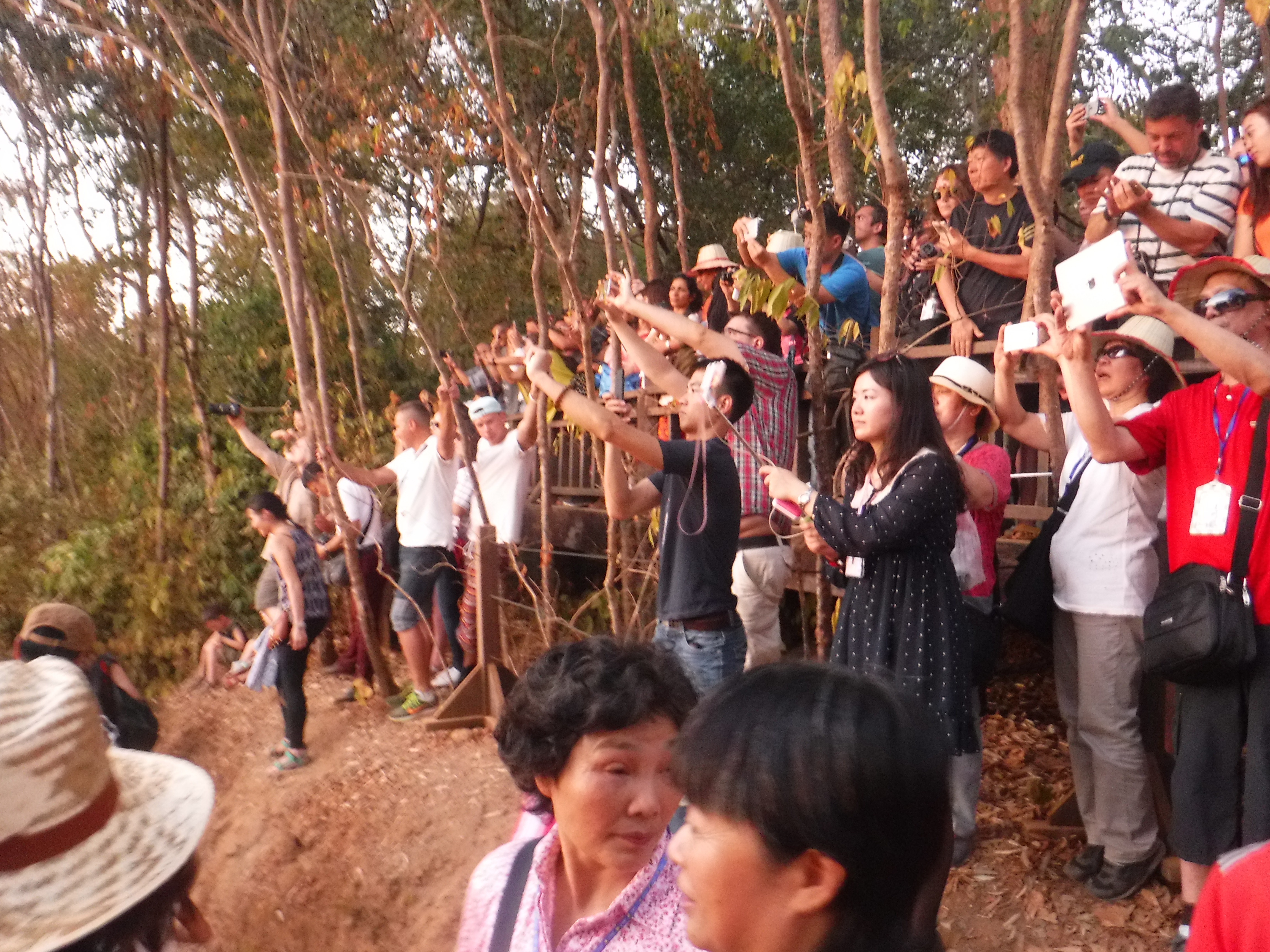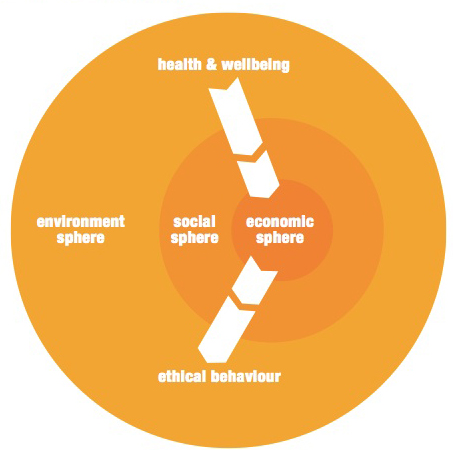
Sustainability, health and wellbeing are fundamentally intertwined. This article argues that this interdependence should be recognised and explicitly included into sustainability theory. Philosophical observations and system critic thinkers such as Henri Lefebvre and Martin Heidegger provide an opportunity to revisit our contemporary approach and practice regarding sustainable healthy lifestyles in an everyday context.
Lefebvre’s “everyday” concept, as Hegel cites it, refers to the real life in the here and now. Sustenance, clothing, furniture, homes, neighbourhoods and the environment as objects providing meaning to subjects in the context of every day life. He critiques the capability of people to generate consciousness as part of ordinary, trivial, banal and repetitive characteristics of life in contemporary capitalism. This highlights one of the greatest dilemma of societies achieving significant outcomes on the ground that can prevent climate change beyond the 2 Degree Celsius mark.
None of that is really new. The Brundtland Commission acknowledged in the 1987 with the Report “Our Common Future” a fertile ground. Harlem Bundtland, the former Prime Minister of Norway, herself had a strong background in Public Health. Slowly 29 years later, under the umbrella of the New Urban Agenda by United Nation (UN Habitat) we have been given another chance to embrace collective actions towards a common goal that concerns all of us.
One of the most powerful tools is social media and Apps. It provides a vehicle to understand people’s individual choices as part of their daily lives. When analysing user behaviour we can gain valuable insights into peoples lives and draw conclusions on collective consequences of their daily actions. One of the best examples are Geographical Information Systems (GIS) based traffic Apps that help you to avoid traffic jams. However, it is not just a tool to communicate in a one- way stream but a tool to convey and engage in a dialog on matters that directly relate to peoples every day lives.
Georg Lukács and Martin Heidegger described it with the term “Alltäglichkeit, meaning “authentic existence of being”. This opens a window of opportunity to grasp peoples lost direction in an inauthentic existence and provide them with solutions that not just benefit their daily lives but help to prevent climate change.
What can be understood as “authentic existence”? Especially for people in western oriented nations it can be seen as an invitation to engage in the adventure of every day life. Giving a new meaning to space and time through playful interaction with our immediate environment, that we collectively experience and share. Authentic existence can be easiest experienced through being in touch with our senses. Playful interaction with objects can transform the perception of time. People dedicate themselves to playful activities and enjoy it, we tend to share collectively this experience in a group environment. We are able give this space a new meaning. The space becomes a place. The flow theory of Mihaly Csikszentmihalyi provides a fertile basis for this claim. One engages with one’s sense and makes meaning of an object in a state of concentration that ultimately impacts the environment around oneself. While engaging in the flow through play, one forgets time and enjoys it purely based on intrinsic rewards. One truly discovers meaning and the joy of being as well as living in the moment.
The evaluation of my international workshops found this to be a very effective technique to realise participants state of “authentic existence”. Active reflection under professional guidance allows participants to increase their level of consciousness and to become creative innovators as part of their professional work in the field of administration, landscape architecture, planning or urban design. However, it did even more. Many of them rediscovered the playful side in themselves helping them to realise the value of trust, space and time.
How does that relate to sustainable development as part of peoples individual actions? For example, through rediscovery of “authentic existence” as part of the state of being, spaces become places and places can increase in value with time. Instead of using the car, one can choose to walk or cycle more often, engaging with the environment in a natural speed. By rediscovering biophilic life around them their physical and mental health improves. Some of the collective benefits are self evident, reduced noise and air pollution, less accidents generate savings in the health system, decongest urban environments, reduces carbon emissions and benefits to the social capital. All these benefits have a direct impact on our development as the human race, but the traditional approach with the triple bottom line does not stack up.
What does this new sustainable development model that recognises health and well-being look like?
The model is fundamentally based on our collective bio-history and recognises the limits of earths carrying capacity. The health- and well-being is based on the environmental dimension providing the base for our collective social existence. The collective wealth we create as part of the social dimension generates and builds the economical wealth. This wealth has to be managed with care and consciously fed back through the social dimension, and benefit ultimately the environment. By adding the arrows explicitly into the sustainability paradigm, the message of ‘business as usual’ is no longer an option (see graphic below).

How do we get there?
- It is important to recognise to revisit the existing ‘business as usual’ paradigm executed by many western oriented governments.
- Raise the collective consciousness, based on the playful experiences with the environment, which most governments can initiate through workshops with professionals and with the community.
- Include health and well-being into the sustainability paradigm, introduce and underpin them with “play space” workshops and actions from top- down and bottom- up.
- Utilise modern media beyond one-way communication stream or in a reactive manner. Let people be playful. Trust them and empower them to share positive experiences through their videos, infographics and stories on how to transform their “every day life” in a healthy sustainable manner. Be inspired by the New York based Amplify Project as a successful case study (http://www.amplifyingcreativecommunities.org).
What can you do after reading this article?
Reflect upon the philosophical discourse. Embrace this model, go out an engage playfully with your “every day life” environment. Take pictures, make a fun video or share your story of your “every day” adventure evolving your sustainable lifestyle and love for places. Share your experience in your social media network. Perhaps call your government and advocate for change. Help them to respond to the New Urban Agenda and rediscover a new consciousness in our everyday lives that breaks the circle of unconscious consumption in an interdependent world.
This article is cc by Gregor H. Mews, Urban Synergies Group.
